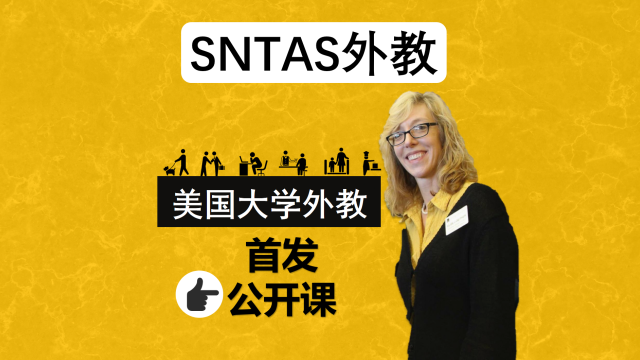这12个叫“French”的词真的是法国的吗?②
作者:碳包
2018-12-02 09:00
7月14日是法国的巴士底日,为了庆祝这个法国节日,让我们一起来盘点一下这些我们在英文中喊作“French”的东西,是不是真的有“法国血统”。
1. FRENCH FRIES
The phrase French fries evolved in North America at the end of the 19th century out of the longer “French fried potatoes.” The dish is said to be more properly Belgian than French, but it was introduced to America by Thomas Jefferson after he brought a recipe back from France. In French they are simply pommes frites, fried potatoes.
词组French fries19世纪末在北美逐渐演变成 “French fried potatoes(法式炸土豆)”。据说这道菜相比于法式料理,更接近比利时菜,但它却是Thomas Jefferson从法国带回这道菜谱,把它引进到美国的。在法国,它们只是简单地炸薯条和油炸土豆。
2. FRENCH MANICURE
The French manicure, a pinkish, nude nail with a bright, whitened tip, was apparently invented in Hollywood in the 1970s. It began to be called a French manicure after the look made it to fashion runways. The style isn’t as popular in France, but women there do tend toward a groomed look with a natural color. In France, the term has been borrowed in from English: It's called la French manucure.
The French manicure(法式美甲),一种浅桃色、裸色的指甲,指尖带有明亮、刷白的颜色,在上个世纪70年代的好莱坞被发明出来。因为这个样式引领着时尚,它开始被称为French manicure。这个风格在法国并没有那么流行,那里的女人们更倾向于用自然的颜色来打扮自己。在法国,这个词也是从英语中借用过来的:叫做la French manucure。
3. FRENCH BRAID
The term French braid (or French plait in British English) has been around since the 1870s, but the braid style itself, where hair is gathered gradually from the sides of the head over the course of braiding, has been around for thousands of years, according to archeological artifacts. It may have become associated with France simply for being seen as high fashion and French being equated with stylishness. In French, they also call this specific style of braid a French braid, or tresse française.
词语French braid (在英式英语里叫做French plait)在19世纪70年代就已经出现了,但是根据考古文物的发现,这种从头部两侧逐渐编到一起的编发风格,已经有了几千年的历史了。它开始与法国联系在一起,可能只是因为它被认为非常时尚,而法国就相当于时髦。在法语中,他们也叫这种特别的编发风格为French braid或者tresse française。
4. FRENCH TWIST
The vertically rolled and tucked French twist hairdo also came to be in the 19th century, and was also associated with French high fashion. In French it is called a chignon banane for its long, vertical shape.
垂直卷发和盘起的法式发髻发型也出现在19世纪,也与法国的高时髦度相关。在法语中,因其长又垂直的形状被称作chignon banane。
5. FRENCH MAID
Housemaids in 19th-century France did wear black and white uniforms—though they were not quite as skimpy as the French maid costumes you see today. The French maid became a trope comic character in theater and opera, and the costume, along with other titillating characteristics, came to define what we now think of as the classic French maid.
在19世纪法国的女仆的确穿着黑色和白色的制服,尽管他们不像你今天看到的法国女仆装那么性感。在戏剧和歌剧中,法国女仆变成了比喻的漫画人物,带有一些撩人的特征,包括服装也开始定义成我们现在所认为的经典的法国女仆形象。
6. FRENCH BREAD
These days French bread has come to stand for any white bread with a vaguely baguette-like shape, whether or not it has a traditional, crusty exterior. It has been used as a term in English as far back as the 15th century to distinguish it from other, coarser types of bread.
如今,French bread 开始代表任何类似法式长棍面包的白面包,无论它是否拥有传统、坚硬的外观。这个词语的使用在英文中可以追溯到15世纪,用它来区分其他粗糙类型的面包
声明:本双语文章的中文翻译系沪江英语原创内容,转载请注明出处。中文翻译仅代表译者个人观点,仅供参考。如有不妥之处,欢迎指正。











